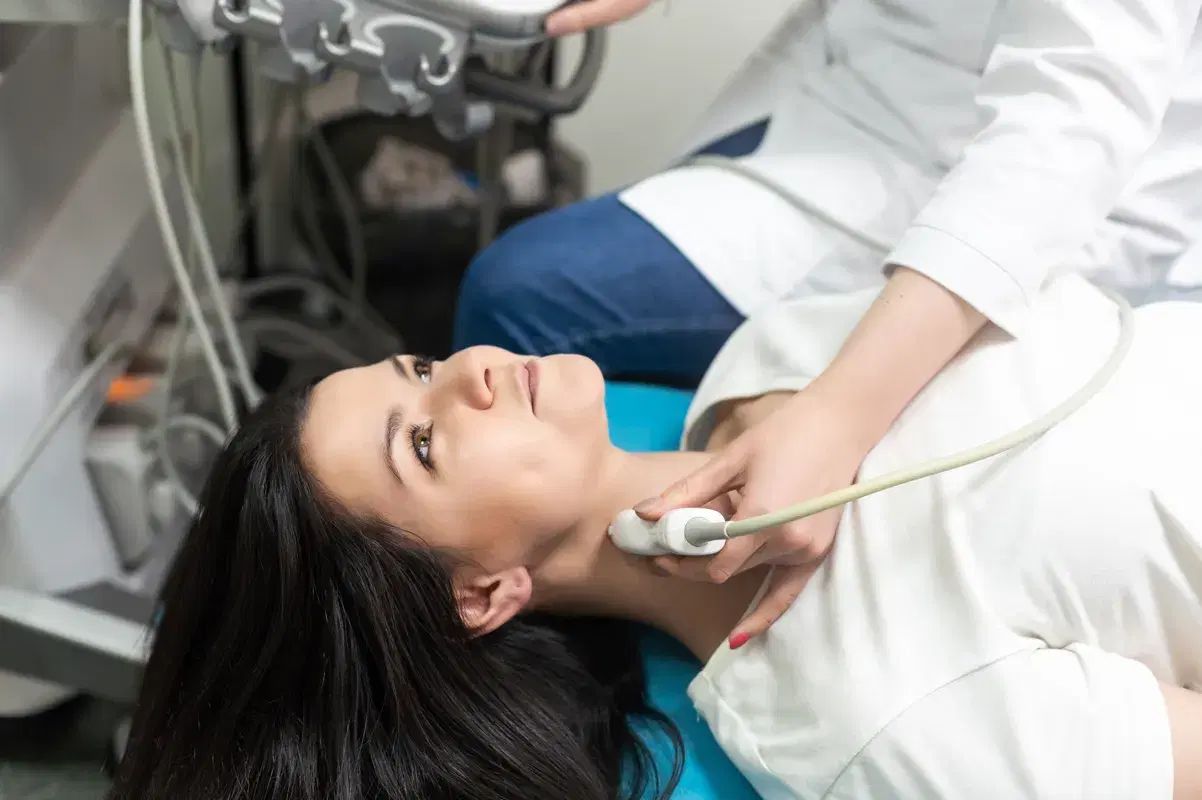
2025 NAVIX Vascular Interpretation Preceptorship (Cardiology)
Credit Information
Credit Type
AMA PRA Category 1 Credit™
Number of Credits
4
Course Overview
This comprehensive course equips participants with the foundational knowledge and technical skills needed to perform and interpret high-quality vascular ultrasound examinations of the carotid arteries and aorta. Building on core principles of ultrasound physics and knobology, learners will develop the ability to optimize b-mode and Doppler imaging for accurate assessment of hemodynamics within the extracranial cerebrovascular and aortoiliac arterial systems. Participants will explore the hemodynamic principles that govern blood flow, pressure, and resistance, applying Bernoulli’s Principle and Poiseuille’s Law to real-world diagnostic scenarios. Emphasis is placed on mastering standardized scanning protocols, acquiring diagnostic-quality images, measuring arterial diameters, applying validated Doppler velocity criteria, and recognizing pathologic flow patterns such as stenosis, occlusion, turbulence, and post-stenotic changes. Through didactic instruction and guided practice, learners will gain confidence in producing reproducible studies, documenting concise clinical impressions, and supporting accurate diagnosis and patient management in carotid and aortoiliac vascular disease.
Course Objectives
By the conclusion of this course, participants will be able to:
Foundational Skills
Select appropriate transducers and system settings to optimize imaging quality.
Maximize spatial and temporal resolution while minimizing imaging and Doppler artifacts.
Arterial Hemodynamics
Differentiate velocity, flow, pressure, and resistance.
Apply Bernoulli’s Principle and Poiseuille’s Law to evaluate hemodynamic significance.
Interpret spectral and color Doppler findings for stenoses and occlusions.
Recognize cardiac effects on Doppler waveforms.
Carotid Evaluation
Identify normal extracranial cerebrovascular anatomy and its common pathologies.
Conduct focused cerebrovascular histories and physical exams.
Perform standardized carotid, vertebral, and subclavian duplex protocols.
Apply diagnostic velocity criteria to distinguish normal from abnormal findings.
Aortoiliac Evaluation
Identify appropriate clinical indications for aortoiliac duplex studies.
Obtain accurate aorta and iliac artery diameter measurements.
Apply Doppler diagnostic criteria to detect aneurysms, stenoses, and occlusions.
Adapt techniques for challenging, post-surgical, or post-interventional evaluations.
Target Audience
This course is designed for physicians who interpret vascular ultrasound examinations and seek to strengthen their diagnostic accuracy and confidence when evaluating carotid and aortoiliac arterial studies. It is also appropriate for vascular fellows, advanced practitioners, and experienced sonographers preparing to transition into or support interpretive roles. Participants are expected to have foundational knowledge of vascular anatomy and basic duplex techniques, as this course focuses on enhancing interpretive skills, application of diagnostic criteria, and clinical decision making in the evaluation of carotid arteries and aorta pathology.

